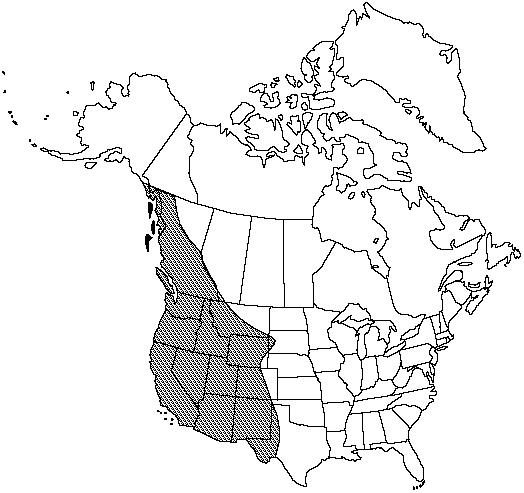Difference between revisions of "Pteridium aquilinum var. pubescens"
Native Ferns ed. 6 91. 1900.
imported>Volume Importer |
imported>Volume Importer |
||
| Line 50: | Line 50: | ||
|publication year=1900 | |publication year=1900 | ||
|special status= | |special status= | ||
| − | |source xml=https:// | + | |source xml=https://bitbucket.org/aafc-mbb/fna-data-curation/src/2e0870ddd59836b60bcf96646a41e87ea5a5943a/coarse_grained_fna_xml/V2/V2_458.xml |
|genus=Pteridium | |genus=Pteridium | ||
|species=Pteridium aquilinum | |species=Pteridium aquilinum | ||
Latest revision as of 20:23, 5 November 2020
Petiole 10–100 cm. Blade ovate-triangular to nearly pentagonal, 3-pinnate to 3-pinnate-pinnatifid, 30–200 × 15–100 cm; blades, rachises, and costae usually densely covered abaxially with abundant, contorted, lax, spreading hairs. Pinnae (proximal) triangular, distal pinnae oblong; terminal segment of each pinna ca. 4 times longer than wide, longer ultimate segments less than their width apart, ca. 1.5–5 mm wide. Pinnules at nearly 90° angle to costa; fertile ultimate segments adnate or equally decurrent and surcurrent. Outer indusia entire, pilose on margin and surface, hairs like those of axes.
Habitat: In dry to moist woods and open areas in partial to full sun, forming abundant colonies
Elevation: 0–3000 m
Distribution

Alta., B.C., Alaska, Ariz., Calif., Colo., Idaho, Mont., Nev., N.Mex., Oreg., S.Dak., Tex., Utah, Wash., Wyo., Mexico in Baja California, Chihuahua, and Durango.
Discussion
Selected References
None.